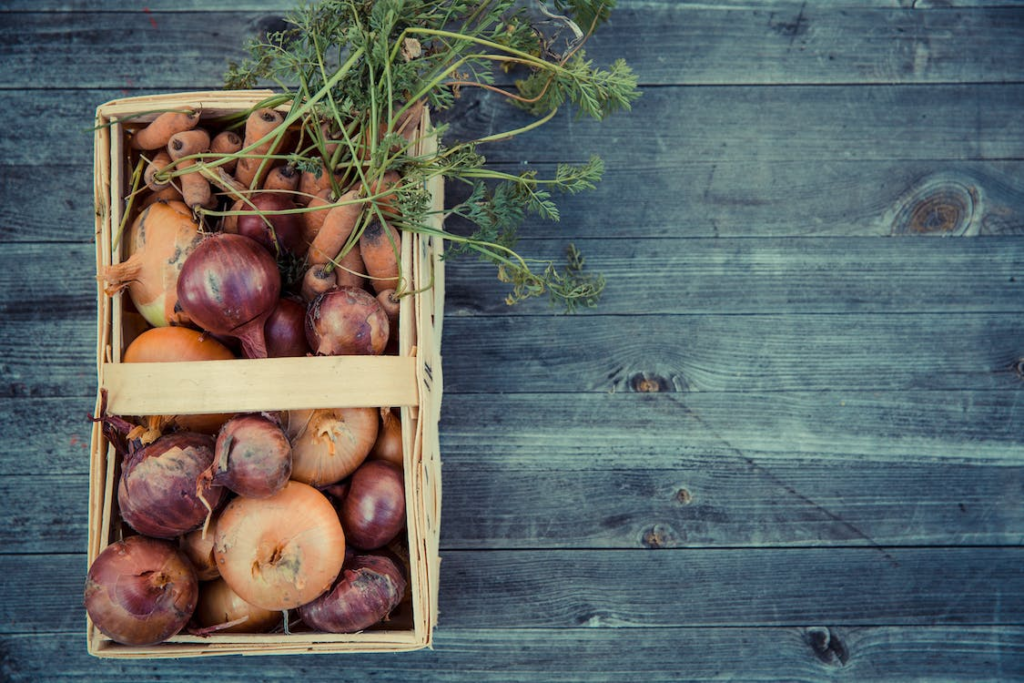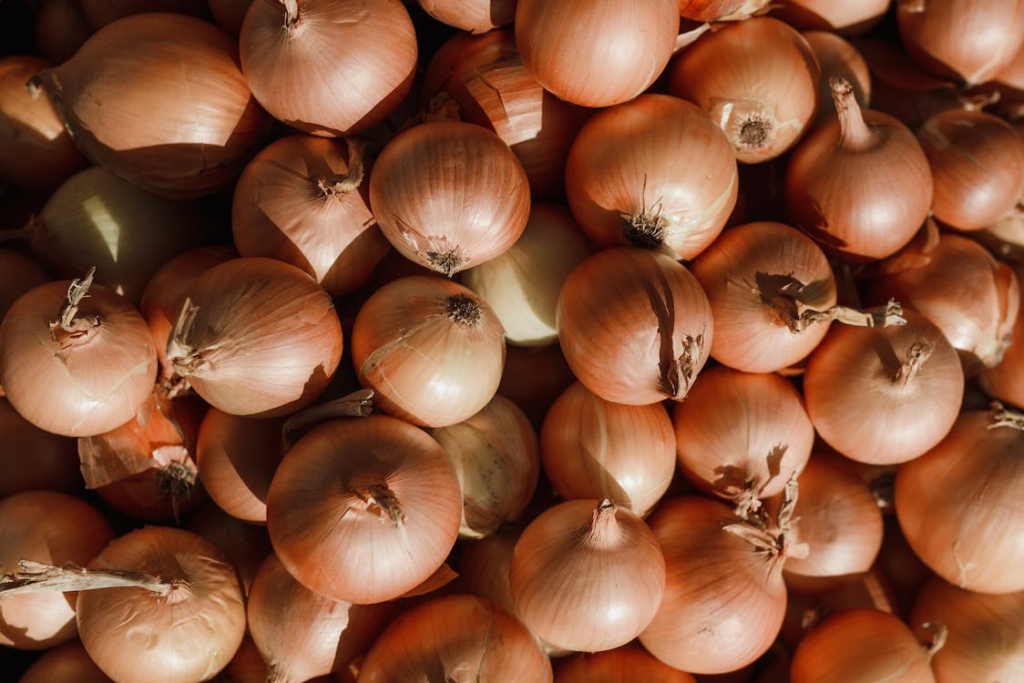Onions are an essential staple in many kitchens around the world. But when you have a bountiful onion harvest or stumble upon a sale and end up with more onions than you can use, what do you do? The solution lies in learning how to sun-dry onions. Drying onions not only extends their shelf life but also creates a unique flavor and texture that can enhance a wide variety of dishes. This guide will walk you through the practical and straightforward method of drying onions in the sun, a process that is economical, environmentally friendly, and surprisingly simple.
Why Sun-Dry Onions?
Sun-drying onions is a natural process that enhances the flavor of the already flavorful bulb. Besides, sun-drying preserves the nutritional qualities of the onions and makes for a healthier option compared to commercial drying processes.
Preparing Onions for Drying

A. Selecting and Cleaning the Onions
Choose mature onions with no visible signs of decay or disease. Overripe or damaged onions may not dry well and can result in a loss of quantity and quality. Clean them under running water, making sure to remove any dirt.
B. Slicing the Onions
Peel the onions, slice off the top and bottoms, and then cut them into thin, even slices, about 1/8 to 1/4 inch thick. The slices should be thin enough to allow for quick drying, but not so thin they get lost in dishes when used.
Sun-Drying Process

A. Arranging the Onion Slices
Arrange the slices on drying screens or trays made of stainless steel, Teflon-coated fiberglass, or plastic. Avoid galvanized or copper meshes since they can react with the onion and cause color or flavor changes. Leave some spaces between the slices to ensure good air circulation.
B. Setting Up the Drying Area
Choose a drying location outdoors that receives full sunlight for most of the day and has good ventilation. It should be away from dust and dirt, and where animals or pests won’t have access. Elevated tables or structures are ideal for ensuring this.
C. Days of Drying
Place the trays with the onions under the sun. You need to bring them indoors at the end of the day to protect them from moisture or dew that sets in at night. Drying may take 4-6 days, depending on the weather conditions. It’s important to turn the onions daily for even drying.
Testing for Dryness
The onions are sufficiently dried when they feel leathery or crisp to touch and no visible moisture can be seen when cut. Under-dried onions may spoil during storage, while over-dried ones lose quality.
Storing Sun-Dried Onions
Once you’re confident the onions have adequately dried, it’s crucial to condition them before storing them. Stir them daily over a one-week period to distribute any remaining moisture evenly. If there’s any sign of moisture or mold, you might need to sun dry them for another day or two.
Store the sun-dried onions in airtight jars or plastic bags. Keep the bags in a cool, dry, dark place to prevent them from absorbing moisture from the air or being exposed to light which can degrade them.
Using Sun-Dried Onions
Sun-dried onions can be rehydrated by soaking them in water before use or directly added into soups, stews, or casseroles during cooking where they can hydrate while adding deeper flavors.
Conclusion
Sun-drying onions may take time and patience, but it’s a worthwhile venture. The method preserves your onion harvest naturally, ensuring you have this kitchen staple at hand whenever you need it. Plus, it offers you a different way to enjoy the distinctive flavor of onions while maintaining their nutritional value. So next time you have a generous onion harvest, consider sun-drying part of it for a different culinary journey.
Caution
While sun-drying is generally safe, it requires optimal conditions. In regions with high humidity or frequent rains, sun-drying might not be a feasible option, as the moisture-rich environment can encourage mold growth. Alternatively, consider air-drying in a well-ventilated indoor area, or using a dehydrator or oven for drying. Always adhere to safe food preservation practices to prevent foodborne illnesses.


Leave a Reply